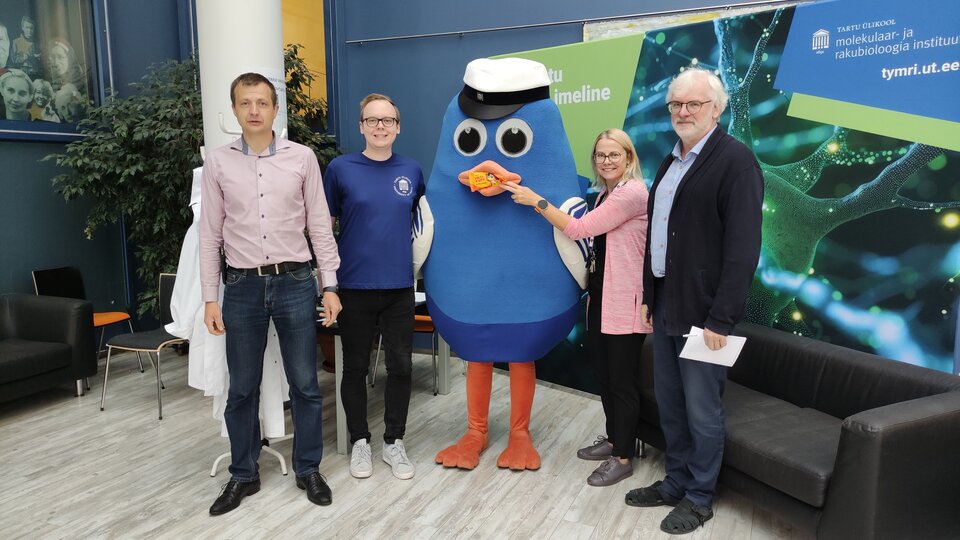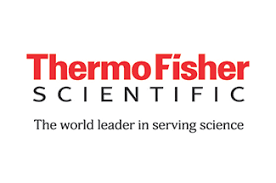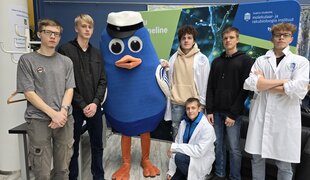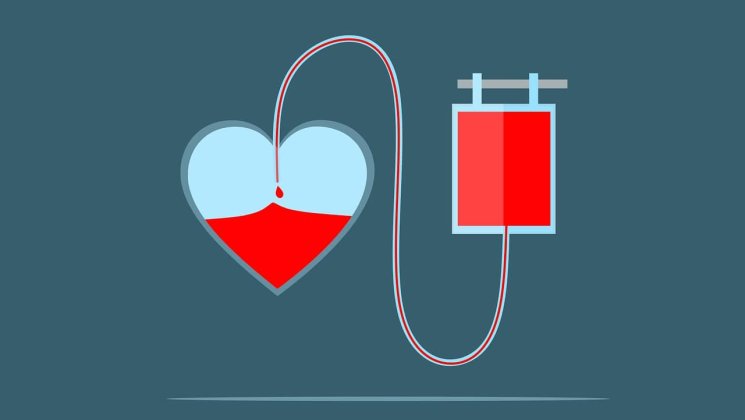At Researchers' Night, fruit flies and microbes were studied, and DNA and cells were made visible
As part of the international Researchers' Night, enthusiasts of all ages had the opportunity to see the labs of the University of Tartu Institute of Molecular and Cell Biology (IMCB) and explore the wonders of invisible biology in the workshops.
On September 27, Omicum’s atrium quickly filled up with schoolchildren, parents and university students. At start, visitors had the opportunity to step into the role of a scientist at the photo wall, where they could try on a lab coat, put on safety goggles, and hold laboratory tools. Additionally, the university's mascot, Tiksu, personally came to greet the science enthusiasts.
Engineer Dmitri Lubenets presents an experiment to mascot Tiksu. Photo: Margus Leppik
It was cool to see the behind-the-scenes of the labs, something you don’t encounter in everyday life.
It was interesting to visit the old historical part of the institute and the modern one. I happened to be here accidentally. I was told there’s ice cream and Researchers' Night with Tiksu and a nice programme. I thought: "I’ll take the next train to Tallinn!" So, I’m very happy that I stayed! I saw my mouth cells.
The day started with a tour led by IMCB program manager Margus Leppik and project manager Teele Eensaar. There was much to explore: first, the developmental biology lab, where visitors were introduced to fruit flies used to unlock the secrets of human genes. Next, the tour headed to the molecular biology lab, where instead of cells, the tiny components working together were studied - similar to how engineers examine a race car engine. The group became familiar with scientific equipment used to break down RNA molecules to determine their composition. Visitors were also shown ultra-fast centrifuges powerful enough to produce fuel for nuclear power plants, and ultra freezers with internal temperatures low enough to preserve food for centuries. The tour also included a room containing hundreds of systematically stored chemicals essential for uncovering the farthest secrets of the invisible world of biology. Additionally, the indoor health trail and Omicum gallery was visited.
The activities at IMCB during Researchers' Night were part of the 2024 International Microorganism Day (IMD2024) program. Learn more about IMD2024 on the organizers' website.
The attendees gathered in Omicum's atrium were refreshed by Balbiino, who supported the event with ice cream.

The organizers with mascot Tiksu eating ice cream. Photo: private collection
We are surrounded daily by various microscopic creatures, many of which can be highly beneficial to us. In the workshop, participants got to play detective and identify in the lab which bacteria and yeasts are key players in the production of bread, mold cheese, dietary supplements, and other bio-products.
Supervisors:
Associate professor of microbiolology Triinu Visnapuu and Research Fellow in Genetics Anne Menert
Supporters:
Estonian Society for Microbiology

In the workshop, participants examined their own cheek cells under a microscope. They observed where the nucleus is located, which contains 46 chromosomes, or our DNA. In addition, they were introduced to the world of bacteria, which always accompanies every person.
Supervisors:
Engineer Dmitri Lubenets, Senior Laboratory Specialist Annika Trei, Specialist of Cell Biology Kirill Matiitšin, Research Fellows Kristina Mäemets-Allas and Signe Värv.
Under the guidance of students from the Mobile Bioclass, participants made their own DNA visible using practical tools and explored the secrets hidden within it. They were introduced to various technical gadgets used in the lab, which they could then try out themselves.
Supervisors:
Mobile Bioclass
Supporter:

The workshop offered a unique opportunity to peek into the mysterious world of scientists, showing how the tiny and familiar fruit fly helps uncover and solve biological questions. Participants observed how these valuable model organisms are raised, studied, and used in scientific research. Additionally, they learned how fruit flies help us understand human diseases, aging, and evolution.
Supervisors:
Associate professor of Developmental Biology Tambet Tõnissoo and Junior Research Fellow Hanna Antson.
"Ask from a scientist!" collected questions from visitors and answers from our scientists.
Asked questions and answers given to them:
The answer was given by Sulev Kuuse, Head of the vivarium
In physics, a quantum is a physical entity that arises when a system transitions from one state to another, provided that these states correspond to certain physical quantities (such as energy, heat, etc.). A quantum, or photon, is the smallest particle of electromagnetic radiation. For example, the quantum of an electromagnetic field is the photon.
In the biological world, quanta, quasiparticles, and others are also fundamental. However, with biological methods (such as light microscopy, electron microscopy, electrophoresis, tomography, etc.), we can observe and identify different structures, starting from the resolution of electron microscopy (approximately 10^-10 m or angstrom). With an electron microscope, it is possible to magnify an object up to 10,000,000 times, while traditional light microscopy methods allow for magnifications of around 2,000 times.
The answer was given by Maia Kivisaar, Director at the UT Institute of Molecular and Cell Biology
Compared to 2020, electricity costs have increased significantly. It is currently in the range of 10-12 thousand euros per month, and even higher in some months. The biggest energy consumers are the large freezers (-80 C) where we store cell samples.





